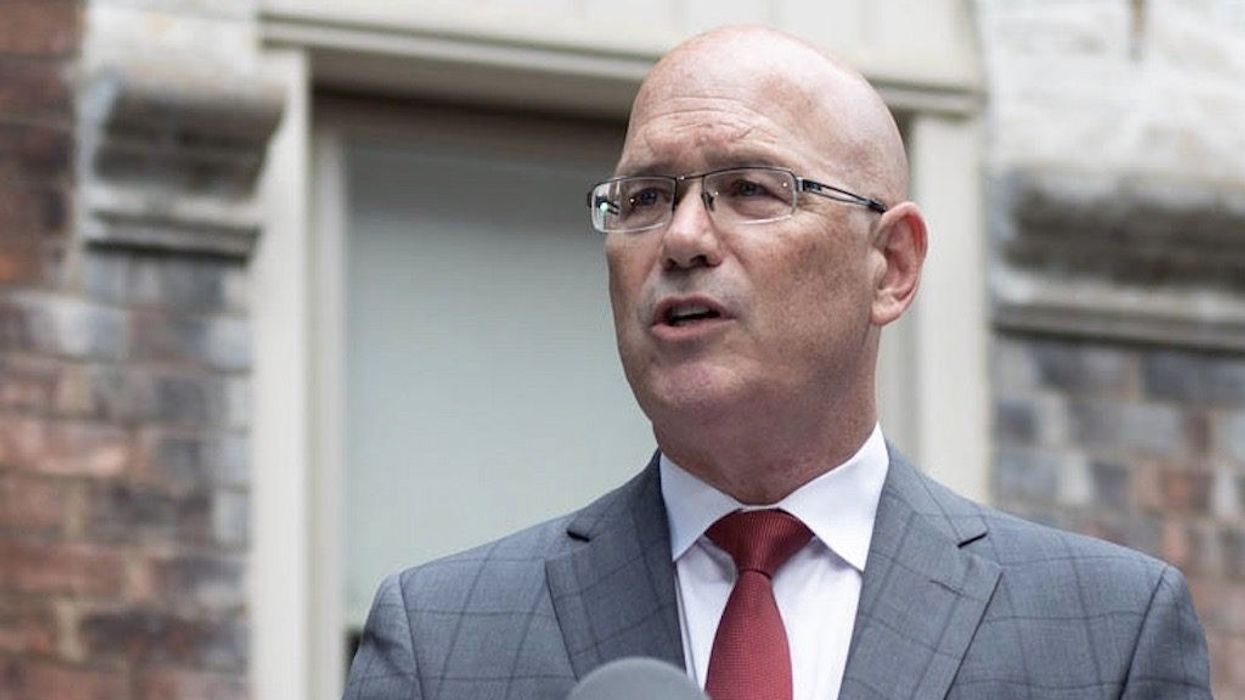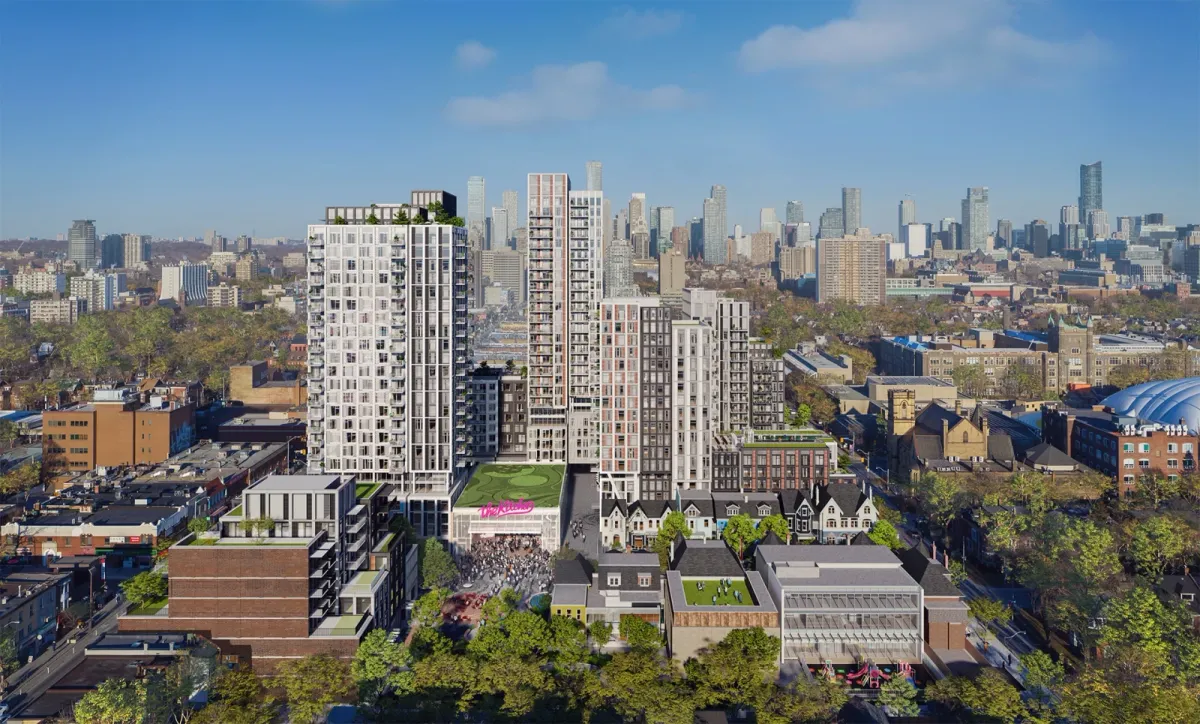“Ontario’s supply of professional planners is not keeping up with demand,” wrote Housing Minister Steve Clark in separate letters to Labour Minister Monte McNaughton and Colleges and Universities Minister Jill Dunlop earlier this month.
Dated May 10, 2023 and provided to STOREYS by the Ministry of Municipal Affairs and Housing, the letters discuss the unanswered demand for city planners across Ontario, and the challenge this poses to the province’s ambitious housing targets.
In addition, the letters reference a meeting in which Minister Clark and representatives from the Ontario Professional Planners Institute (OPPI) discussed ways to improve the planning process in Ontario -- and more specifically, how the province can better answer the imminent and mounting need for more professionally trained city planners.
According to data pulled from OPPI’s job board, there are currently around 150 job openings for professional planners in the City of Toronto alone. More broadly, around 750 postings for professional planners appear on OPPI’s job board each year.
What’s more, Ontario universities are simply not attracting or producing the planners needed to fill those job vacancies. In 2022, just 439 planners -- including 185 with Bachelor’s degrees, 246 with Master’s degrees, and eight with PhDs -- graduated from Ontario planning programs.
“As you know, ensuring that our province has an adequate workforce of trained professional planners is a critical part of delivering on our commitment to tackle Ontario’s housing supply crisis and help get 1.5 million homes built by 2023,” continued Minster Clark, addressing both Minister McNaughton and Minister Dunlop. “I believe this presents an opportunity for our ministries to work together to deliver on the promises our government has made to Ontarians.”
In the letter to Minister McNaughton, Clark requested that the Ministry of Labour, Immigration, Training and Skills Development consult with OPPI “to explore ways in which Ontario can make it easier to recognize and accredit professional planners who have been trained in jurisdictions outside of the province.”
To Minister Dunlop, Clark suggested expanding existing university planning programs and directing some focus to underserved areas.
“I believe there is an opportunity to explore expanding professional planning education to Northern Ontario to meet the demand in the region, in addition to expanding access in universities in Southern Ontario.”
This is not the first time city planning staffing issues have come to light in Ontario. A report by Toronto City Planning Chief Planner and Executive Director Gregg Lintern from June 2022 revealed that the City Planning Division was facing “significant” staff retention issues and a vacancy rate of 12.8%.
High turnover within the department was attributed to promotions, resignations, and retirements, as well as Toronto’s rising, and in some cases insurmountable, cost of living. As well, the report referenced issues related to compensation for both unionized and non-unionized staff, saying that it was “not competitive with both public and private employers.”
Workforce concerns challenge the already-tense landscape of housing development in the province, and pile onto the grim reality that housing starts are nowhere near where they should be.
Ontario saw 96,080 housing starts in 2022, according to figures provided by the Ministry of Municipal Affairs and Housing in January, and while that number is the second-highest on record, it still doesn’t bode overly well for Ontario’s ambitious new homes target.
“You can do the math, having near-100,000 starts is not going to get us to that 1.5M homes by 2031 that we promised Ontarians,” Minister Clark told STOREYS in January. “What I want, at the end of the day, is to create the right conditions so that we can get shovels in the ground.”





















